The last racket from the Green Factory I managed to complete was, unexpectedly, their very first “Z.” Quite a coincidence, right?
Who would understand what I’m saying? Nowadays, the Nanoflare Z has smashed records with shuttle speeds over 500 km/h, and the Z-Speed even reached 493 km/h. My ArcSaber Z also broke records with speeds over 400 km/h back in the day, so who’s underestimating whom?
In terms of influence, many top players have used this antique racket. As for its market value, it still holds strong in the second-hand market. To complete my collection, Solomon, I’ve returned.

Specifications: 3UG4, bottom cap removed, total weight of 91.9g in use, balance point at 305mm, shaft length of 220mm, medium to high stiffness, small box-shaped frame, 76-hole string bed, 9–3 o’clock grommets, 24 lbs tension warranty, strung at 24–26 lbs with KT66F strings.
I must say, the ArcSaber series’ design aesthetics match my taste quite well. Aside from the classic red ArcSaber 10 and the pink ArcSaber 9FL, the coffee brown ArcSaber 8 and the red-and-white ArcSaber 11 are still admired by many. As for the ArcSaber Z, it’s unmistakably banana yellow. Although the public didn’t fully embrace asymmetrical designs until the Astrox series, the ArcSaber Z was already playing with that concept. It’s very unique—like a chocolate-covered banana dipped in a bit of strawberry syrup.
Compared to the ArcSaber 11, the frame of the ArcSaber Z is notably thinner, giving the racket head a slightly flat top. In contrast, the Z-Speed’s frame looks rounder and more balanced. Back then, the technology comparison for the original Z-Speed on Yonex’s website showed that its sweet spot area was compared to the ArcSaber Z. Based on official measurements, the ArcSaber Z’s sweet spot is more egg-shaped—narrow at the top and wide at the bottom. This is the flavor of old-school rackets, which those big-name players may not appreciate.
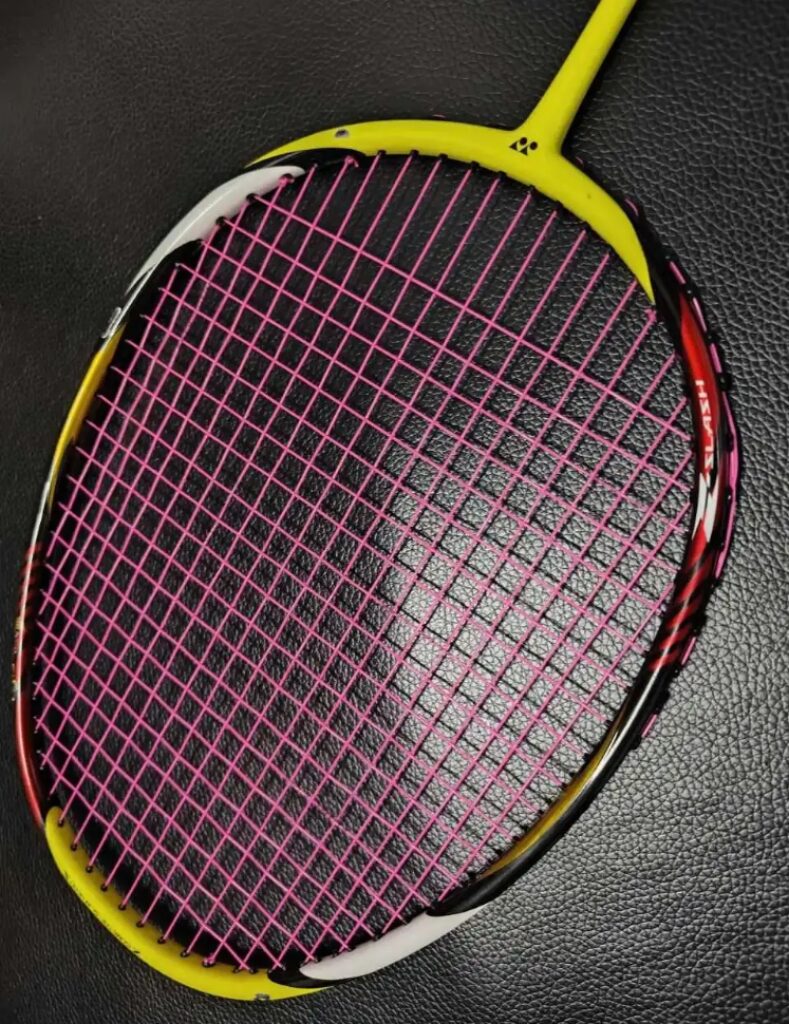
I was initially hesitant seeing the 3U, but it felt very balanced once in hand, especially with the bottom cap removed. Doesn’t this weight distribution resemble a slew of 4U attack-oriented rackets? Even the specs are almost identical. Moreover, the shaft isn’t too stiff, and with its 220mm length, it’s hard for it not to flex during normal swings, making it very easy to control. The small frame also helps reduce wind resistance, allowing for smooth power generation during swings.
Interestingly, the overall feel of the ArcSaber Z still retains that characteristic “ArcSaber” hold sensation, rather than having the crisp and bouncy feel of a small frame. This almost led me to label the ArcSaber Z as another “syrupy” racket. The ArcSaber IS I used previously gave a similar impression—it felt easy and intuitive to use. Seeing the red frame, I instantly knew the passcode: 2887.
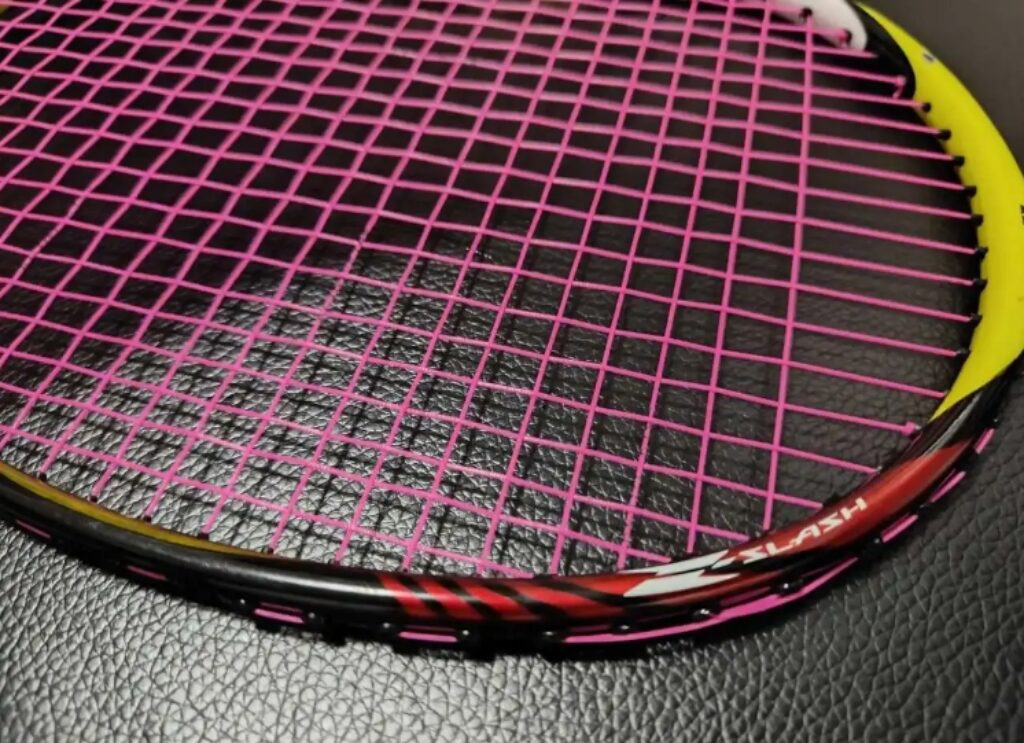
The ArcSaber Z’s torsion resistance isn’t bad, either. Its precision is still impressive by today’s standards, and it offers excellent shuttle speed. It’s perfect for slowing the pace and hitting more clears, and you can even hit fast and accurate clears that land precisely within the boundaries. This aligns well with the ArcSaber series’ focus on precision control—the accuracy is as sharp as slicing through with a blade.
Now, let’s talk about smashing. The ArcSaber Z provides a great power delivery feel and maintains an elasticity that can still compete today. It’s comfortable to use, and even without using full power techniques, it delivers shots that leave few weaknesses. And when the perfect power opportunity arises, hitting the sweet spot with full force rewards you with an audible cue, as well as a sense of heaviness in your shot. The angles are sharp, the speed is fast, and the shot is threatening. “Shall we summon Genesis?”
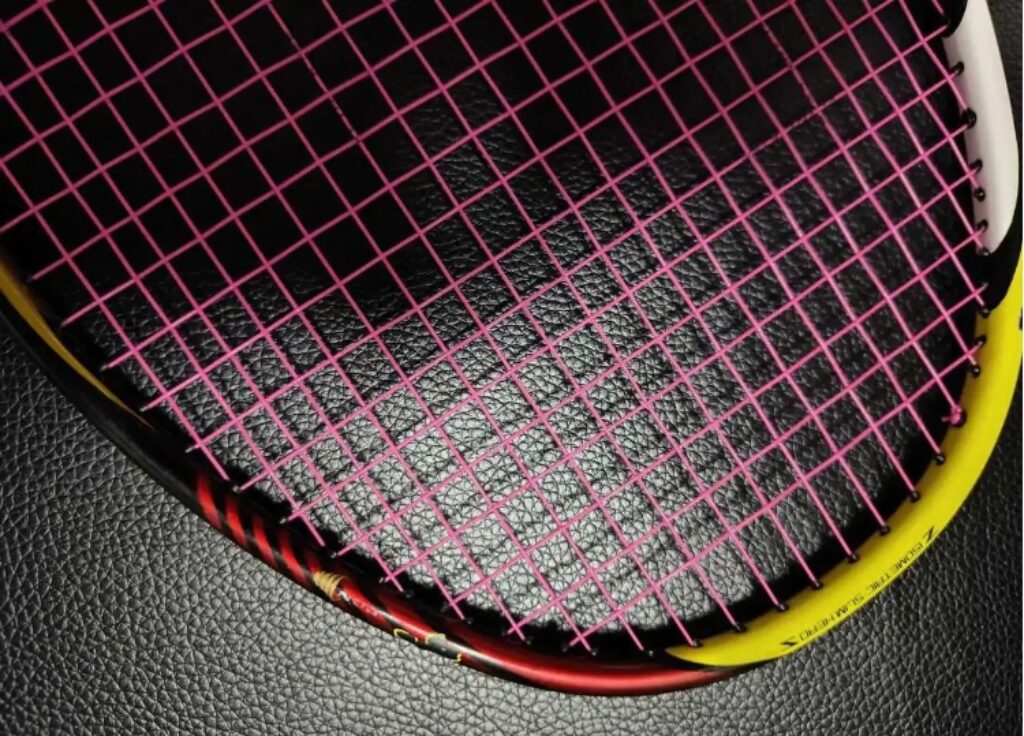
Though it has its aggressive side, I find the ArcSaber Z especially comfortable when hitting controlled, mid-court pressure shots or soft pushes. It excels at setting up the second shot for a point. I used to think that softer shafts wouldn’t allow me to hit precise shots, but the ArcSaber Z has turned that belief on its head… Could I be a man who makes the impossible possible?
When in an offensive state, the low tolerance of the small frame isn’t much of a problem, but when it comes to defense or drives, the frequency of mishits and frame contact reminds me of Freya sneaking out of someone’s room late at night and getting Thor beaten up.
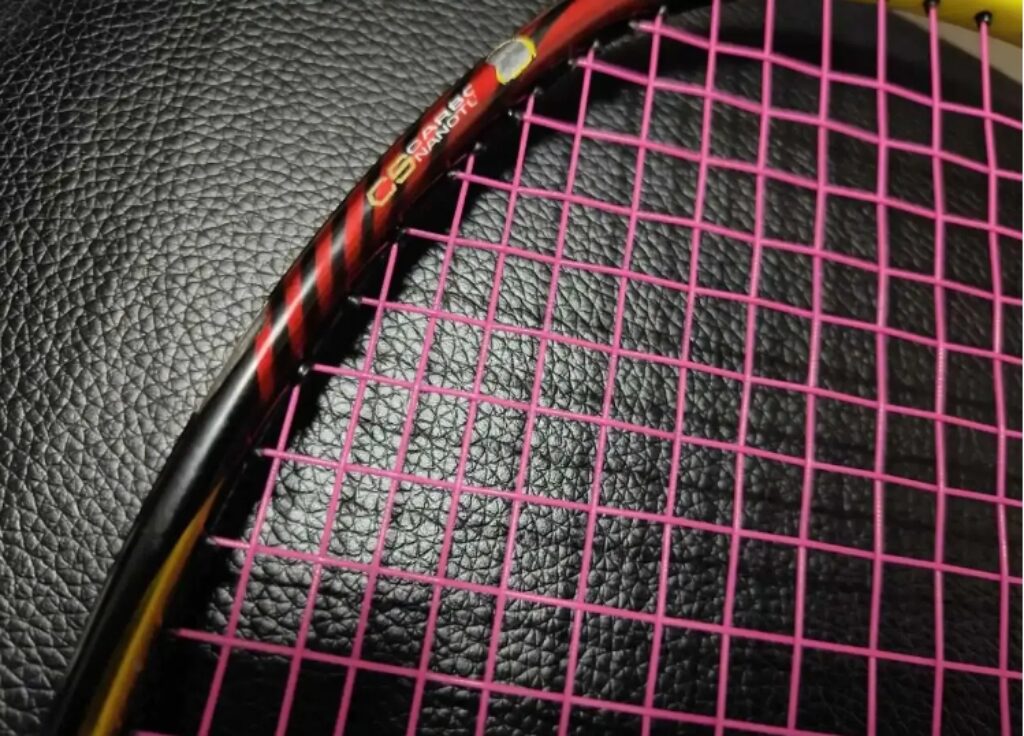
The ArcSaber Z doesn’t fare well in doubles either. Whenever I try to link up drives, I find myself hampered by the delay in resetting after the previous shot. Have you ever seen how the Archangel shakes for a few frames after being hit? The shaft is too long and lacks enough stiffness, so its recovery speed after flexing isn’t quick enough. Alas, the soul bound by gravity…
What does the small frame bring to the ArcSaber series? Of course, a stronger slingshot effect. It’s a very fun racket to play with, subtly matching my abilities and aesthetics. Using it was somewhat surprising.
Looks like there will be another SEED sequel next year.
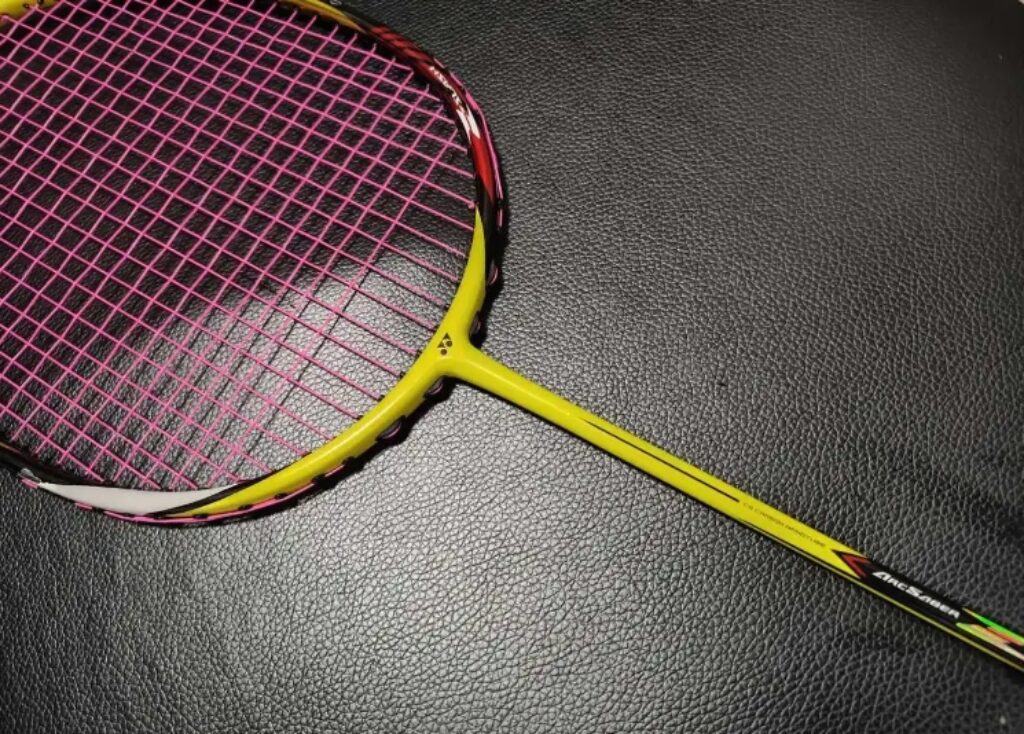

Leave a Reply